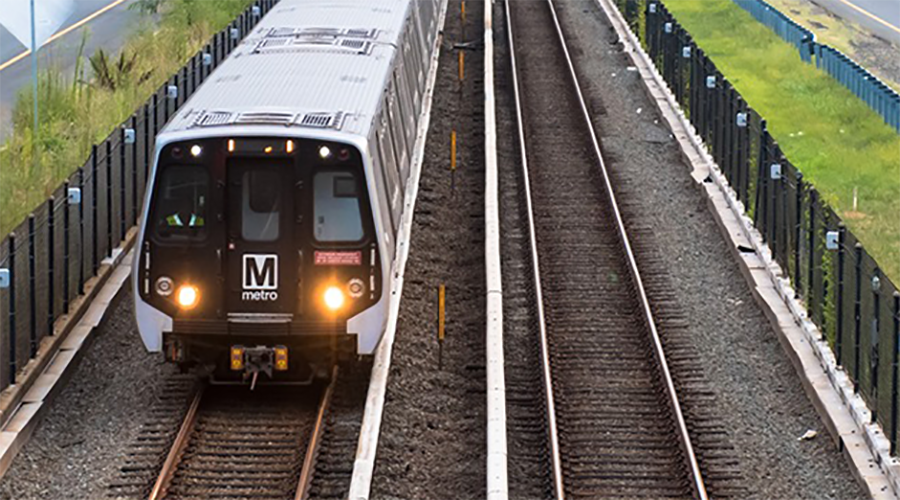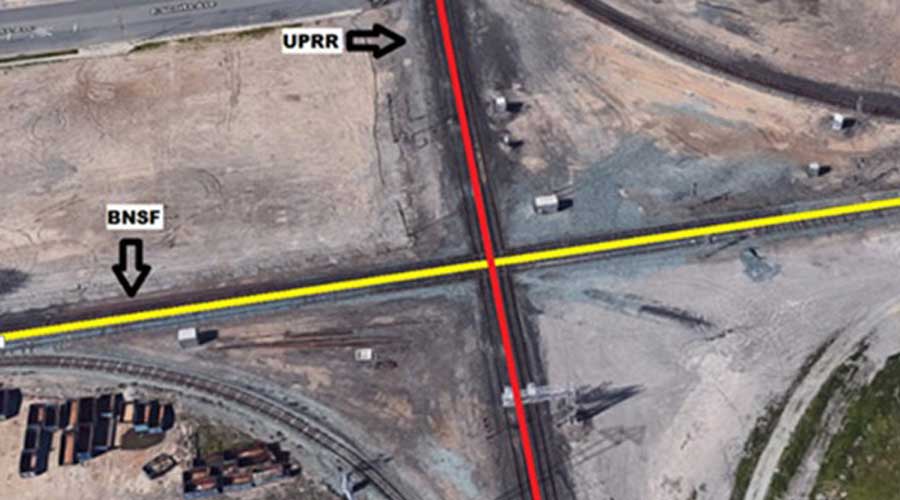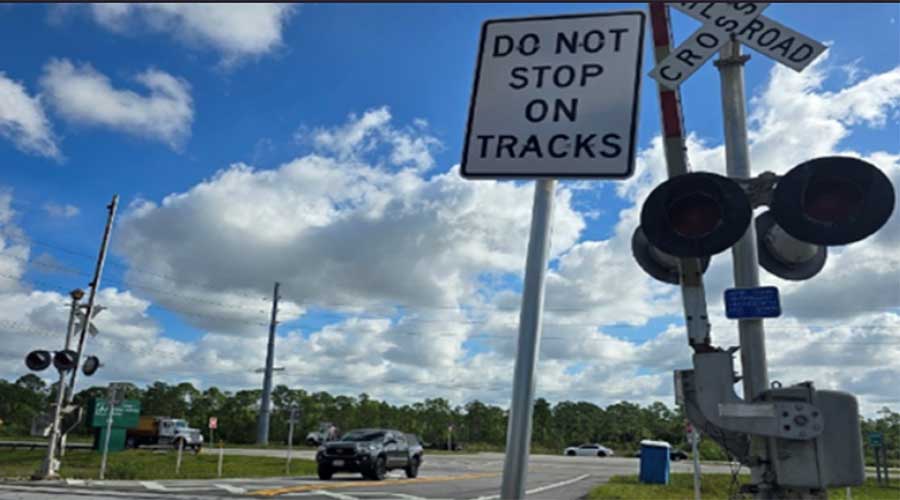Newsletter Sign Up
Stay updated on news, articles and information for the rail industry
Stay updated on news, articles and information for the rail industry
RAIL EMPLOYMENT & NOTICES
Rail News Home
Rail Industry Trends
Rail News: Rail Industry Trends
The years-long battle between chemical shippers and railroads over rail industry re-regulation wages on. Yesterday, chemical shippers, associations and lobbyists rallied on Capitol Hill to generate support for three re-regulation bills.
The Railroad Competition Improvement and Reauthorization Act of 2005 (H.R. 2047) and Railroad Competition Act of 2005 (S. 919) would improve the Surface Transportation Board’s rate challenge process and eliminate excessive fees for filing rate cases, while the Railroad Antitrust and Competition Act of 2005 (H.R. 3318) would remove the rail industry’s exemptions from antitrust laws, chemical shippers say.
Nearly two-thirds of America’s chemical plants are served by only one railroad, according to the American Chemistry Council (ACC), which represents chemical shippers’ interests. The captive shippers are subject to “exorbitant prices and poor service,” ACC officials said in a prepared statement.
“Monopolies are relics of the past and enemies of an open and free marketplace,” said ACC Managing Director Marty Durbin. “The solution is simple: let the railroads compete for business, like other American companies.”
However, the legislations’ end result would be to “substitute the judgment of regulators for that of the marketplace,” according to the Association of American Railroads (AAR), which opposes the bills.
“Supporters of this legislation have been vocal in demanding that railroads increase capacity and improve service,” said AAR President and Chief Executive Officer Edward Hamberger. “But they have utterly failed to explain how artificially lowering rail rates and rail earnings would lead to increased investments. In fact it wouldn’t. Instead, it would compel railroads to cut back on or eliminate projects aimed at increasing capacity.”
Since the Staggers Rail Act of 1980, railroads have invested more than $360 billion to maintain and improve equipment and infrastructure, and consumers have saved at least $10 billion annually on goods delivered by rail, the AAR said.
“Instead of looking toward the future, some interest groups are looking to the past, seeking to return the railroad industry to the very shackles that prevented them from growing and investing prior to Staggers,” Hamberger said.
3/10/2006
Rail News: Rail Industry Trends
Chemical shippers lobby in D.C. to promote re-regulation bills railroads oppose
advertisement
The years-long battle between chemical shippers and railroads over rail industry re-regulation wages on. Yesterday, chemical shippers, associations and lobbyists rallied on Capitol Hill to generate support for three re-regulation bills.
The Railroad Competition Improvement and Reauthorization Act of 2005 (H.R. 2047) and Railroad Competition Act of 2005 (S. 919) would improve the Surface Transportation Board’s rate challenge process and eliminate excessive fees for filing rate cases, while the Railroad Antitrust and Competition Act of 2005 (H.R. 3318) would remove the rail industry’s exemptions from antitrust laws, chemical shippers say.
Nearly two-thirds of America’s chemical plants are served by only one railroad, according to the American Chemistry Council (ACC), which represents chemical shippers’ interests. The captive shippers are subject to “exorbitant prices and poor service,” ACC officials said in a prepared statement.
“Monopolies are relics of the past and enemies of an open and free marketplace,” said ACC Managing Director Marty Durbin. “The solution is simple: let the railroads compete for business, like other American companies.”
However, the legislations’ end result would be to “substitute the judgment of regulators for that of the marketplace,” according to the Association of American Railroads (AAR), which opposes the bills.
“Supporters of this legislation have been vocal in demanding that railroads increase capacity and improve service,” said AAR President and Chief Executive Officer Edward Hamberger. “But they have utterly failed to explain how artificially lowering rail rates and rail earnings would lead to increased investments. In fact it wouldn’t. Instead, it would compel railroads to cut back on or eliminate projects aimed at increasing capacity.”
Since the Staggers Rail Act of 1980, railroads have invested more than $360 billion to maintain and improve equipment and infrastructure, and consumers have saved at least $10 billion annually on goods delivered by rail, the AAR said.
“Instead of looking toward the future, some interest groups are looking to the past, seeking to return the railroad industry to the very shackles that prevented them from growing and investing prior to Staggers,” Hamberger said.


 2025 MOW Spending Report: Passenger-rail programs
2025 MOW Spending Report: Passenger-rail programs
 Gardner steps down as Amtrak CEO
Gardner steps down as Amtrak CEO
 Guest comment: Oliver Wyman’s David Hunt
Guest comment: Oliver Wyman’s David Hunt
 Women of Influence in Rail eBook
Women of Influence in Rail eBook
 railPrime
railPrime








